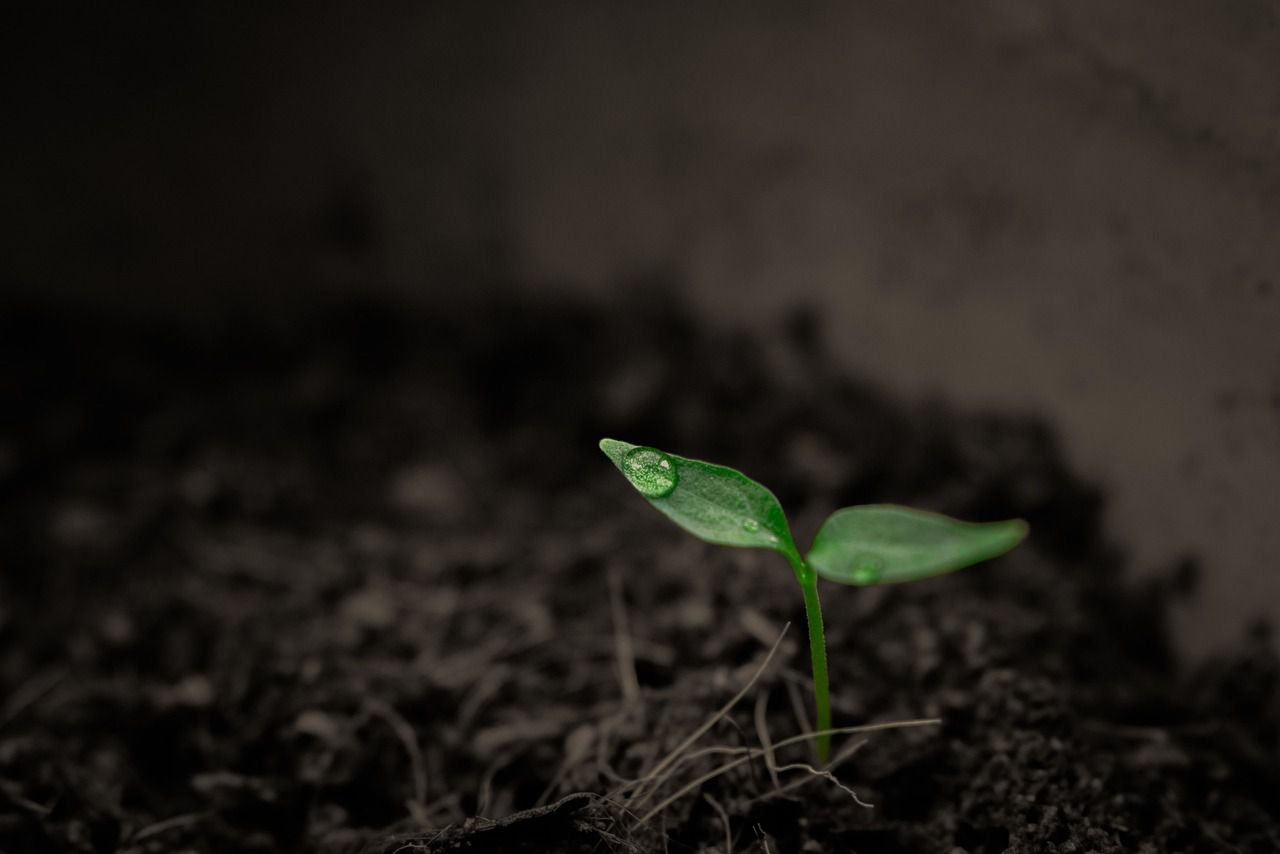To make plants thrive, you need to provide the best conditions for them - and one of them is having fertile soil.
If your soil is infertile, then your plants won't get all the nutrients they need to grow strong and healthy, so you need to do something early.
Here are a few tips that might help you improve the soil quality in your garden.
Test the Soil
First, check the soil to understand its problems. You can buy a soil testing kit or ask for help from a local garden center.
This will tell you what's lacking, such as nutrients or the right pH level.

Add Organic Matter
One of the best things you can do is add organic matter, like compost or well-rotted manure.
This stuff is like magic for soil. It improves its structure, holds moisture, and provides nutrients for your plants.
Fertilize
If your soil lacks certain nutrients, you can use fertilizers.
These come in different types, like granular or liquid, and you apply them to the soil to give plants the nutrients they need to grow.
Adjust pH
If the soil is too acidic or too alkaline, you may need to adjust its pH level.
Lime is often used to make soil less acidic, while sulfur can make it less alkaline.
Mulch
Adding mulch on top of the soil helps retain moisture, prevent weeds, and keep the soil temperature stable. It also adds more organic matter over time.
Choose the Right Plants
Sometimes, the soil may not be suitable for certain plants. In that case, pick plants that thrive in the type of soil you have.
Regular Maintenance
Once you've improved your soil, keep taking care of it. Water your garden properly and keep adding organic matter regularly to maintain its fertility.
Conclusion
Plants always need plenty of nutrients and fertilizers to grow, that's why you need to fertilize your soil and maintain it this way all the time.









